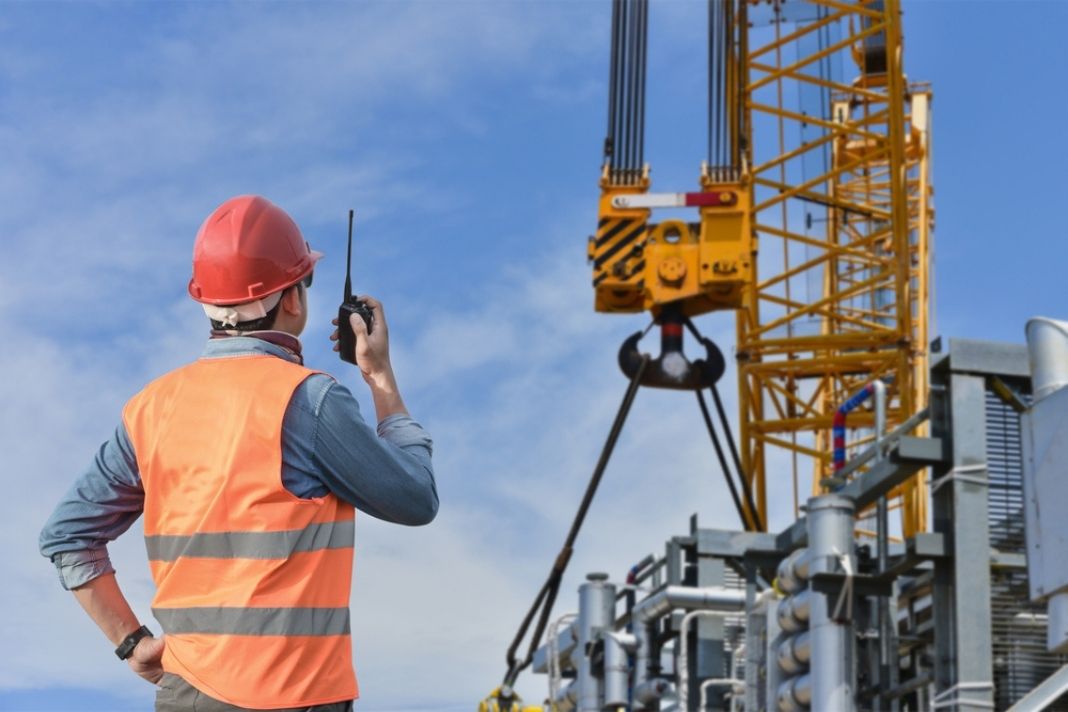Cargo lift slings are essential components of any lifting operation, providing the necessary support to safely transport heavy loads. However, the constant wear and tear of lifting heavy loads can take a toll on slings, leading to damage and potential failure.
To ensure the longevity and safety of your cargo lift slings, it’s crucial to implement proper sling protection strategies. In this article, we’ll explore some tips and strategies for protecting your cargo lift slings.
Use Protective Sleeves
One of the simplest and most effective ways to protect your cargo lift slings is to use protective sleeves. These sleeves, made from durable materials such as nylon or polyester, slip over the sling to provide an extra layer of protection against abrasion and damage. Protective sleeves are particularly useful when lifting sharp or rough objects that can quickly damage slings.
Avoid Overloading
Another critical factor in protecting your cargo lift slings is avoiding overloading. Overloading can cause the sling to stretch beyond its capacity, leading to damage or failure. It’s crucial to know the weight capacity of your slings and ensure that you’re not exceeding that capacity when lifting loads. Additionally, it’s essential to use the correct sling for the job, as using the wrong type of sling can also lead to overloading and damage.
Proper Storage
Proper storage is another critical aspect of protecting your cargo lift slings. Slings should be stored in a cool, dry location, away from direct sunlight, heat sources, or chemicals that could damage the material. Additionally, slings should be stored off the ground and away from other equipment that could damage them. Storing slings properly can help prevent damage and extend their lifespan.
Regular Inspection and Maintenance
Regular inspection and maintenance are essential in identifying any potential damage or wear and tear on your cargo lift slings. Inspect your slings before each use, looking for signs of damage, such as cuts, abrasions, or frays. If you notice any damage, remove the sling from service and repair or replace it before using it again. Additionally, regular maintenance, such as cleaning and lubricating, can help prevent damage and prolong the life of your slings.
Proper Handling
Finally, proper handling is crucial in protecting your cargo lift slings. Slings should be handled with care, avoiding dragging them across rough surfaces or pulling them too tightly. Additionally, slings should be used with appropriate rigging hardware and attached correctly to the load. Proper handling can help prevent damage and ensure the safety of the lifting operation.
Conclusion
Protecting your cargo lift slings is essential in maintaining a safe and efficient lifting operation. By implementing these tips and strategies, you can help prevent damage and extend the life of your slings, ultimately saving money and ensuring the safety of your employees.
Remember to use protective sleeves, avoid overloading, store slings properly, regularly inspect and maintain slings, and handle slings with care. With these strategies in place, you can help protect your cargo lift slings and ensure a successful lifting operation.










